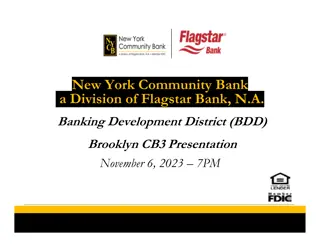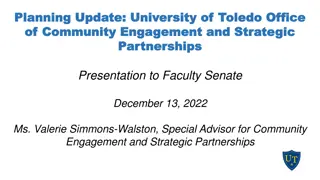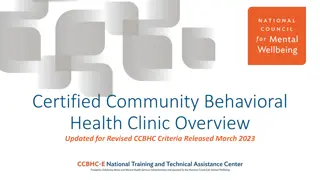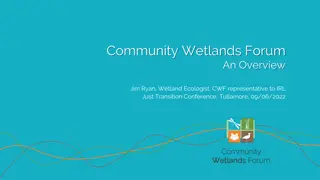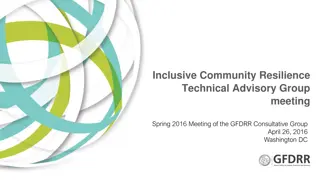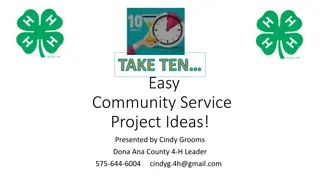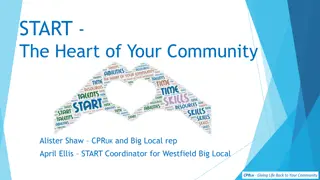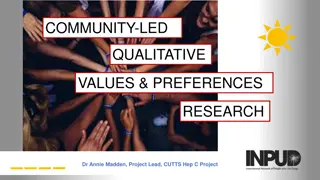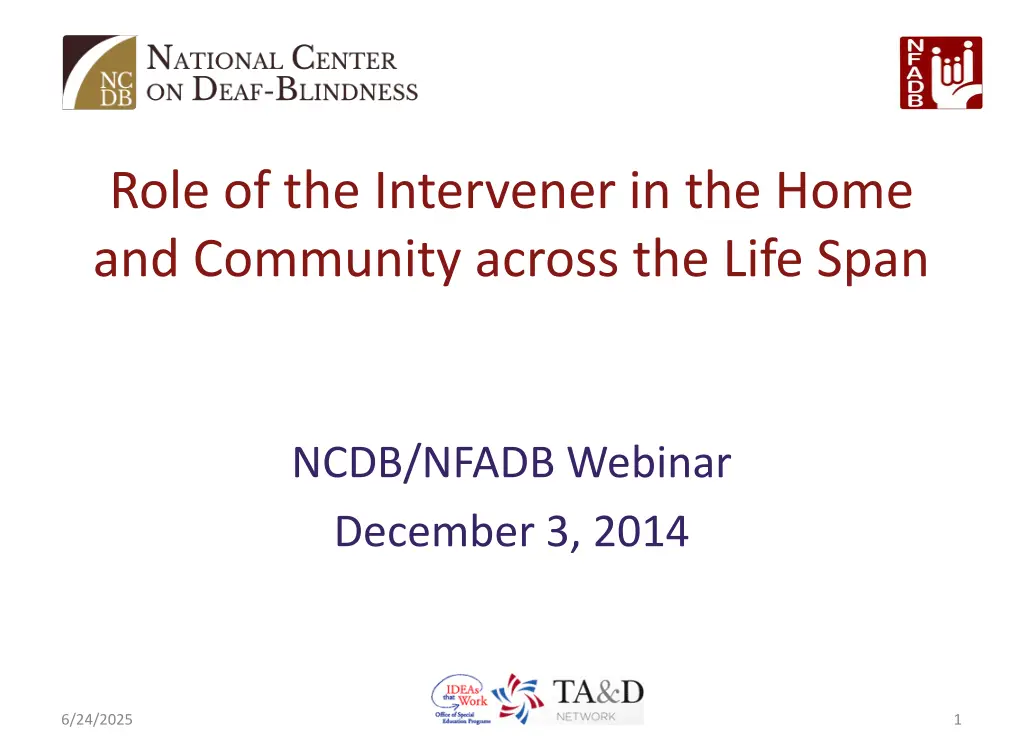
Interveners in Home and Community: Understanding Their Crucial Role
Explore the critical role of interveners in the home and community, particularly for individuals with deafblindness. Learn about the impacts of deafblindness, the need for interveners, and how their services differ in various settings. Discover how interveners support individuals in accessing information, communication, and building relationships, and find suggestions to enhance recognition of their services.
Download Presentation

Please find below an Image/Link to download the presentation.
The content on the website is provided AS IS for your information and personal use only. It may not be sold, licensed, or shared on other websites without obtaining consent from the author. If you encounter any issues during the download, it is possible that the publisher has removed the file from their server.
You are allowed to download the files provided on this website for personal or commercial use, subject to the condition that they are used lawfully. All files are the property of their respective owners.
The content on the website is provided AS IS for your information and personal use only. It may not be sold, licensed, or shared on other websites without obtaining consent from the author.
E N D
Presentation Transcript
Role of the Intervener in the Home and Community across the Life Span NCDB/NFADB Webinar December 3, 2014 6/24/2025 1
INTERVENERS IN THE HOME AND COMMUNITY: AN UNDER-RECOGNIZED IMPERATIVE Home and Community Intervener Workgroup https://91372e5fba0d1fb26b72- 13cee80c2bfb23b1a8fcedea15638c1f.ssl.cf1.rackcdn.com/ cms/Interveners_home_and_community_340.pdf https://nationaldb.org 6/24/2025 2
Impacts of Deafblindness deaf-blindness results in difficulties detecting, gathering, and prioritizing reliable auditory and visual information from communication partners and the surrounding environment. information gaps gaps in knowledge about what is happening here and now and gaps in conceptual knowledge. difficulty knowing where things are located, moving safely, and recognizing and interacting with people, places, and things. 6/24/2025 3
Impacts of Deafblindness One way of accommodating for these impacts is with the services of a trained intervener. Currently, the national conversation regarding interveners has been primarily focused on serving children and youth in educational settings. 6/24/2025 4
Impacts of Deafblindness Are these issues training issues, access issues, or both? Are these issues limited to school settings? Are these issues limited to children and youth before graduation and adulthood? 6/24/2025 5
Our goal with the paper was to (a) raise awareness of the need for intervener services in home and community settings, (b) describe how these services are different when provided in home and community settings, and (c) provide suggestions for increasing recognition and understanding of intervener services in home and community settings. 6/24/2025 6
Roles of interveners in schools that carry over into home and community provide consistent access to instruction and environmental information ; provide access to and/or assist in the development and use of receptive and expressive communication skills; facilitate the development and maintenance of trusting, interactive relationships that promote social and emotional well-being; and, provide support to help a student form relationships with others and increase social connections and participation in activities. 6/24/2025 7
Intervener Services May Be Needed in Home and Community Settings Before and After School On weekends During holidays and summer breaks After Graduation 6/24/2025 8
Differences in Intervener Services Provided in the Home and Community Vs. Educational Settings Funding Sources Supervision/Autonomy Relationship to Individuals with Deaf-Blindness Activities Supported 6/24/2025 9
Steps to Increase the Use of Interveners in Home and Community Settings Raise awareness about the need for intervener services in the home and community for individuals of all ages who are deaf-blind and require this level of support. Identify potential sources of funding for home and community interveners within states and local communities. Work with existing and emerging intervener-training programs to add content about working in home and community settings, including examples of interveners supporting individuals of all ages. For students who already receive intervener services in educational settings, include consideration of intervener services needs during non-school hours and following graduation in IEP team discussions. 6/24/2025 10
The Family Perspective Experiences/perspectives as a family member and intervener. Benefits of intervener services in the home and community. Contrast interveners in educational settings with home and community settings, especially for school-aged individuals. The difference between an intervener and SSP? Interveners impact the consumer's life as well as that of his or her family members? Possible solutions and training for someone interested in becoming an intervener; recruiting an intervener; advocacy. 6/24/2025 11
We welcome your questions! Type your questions and comments into the chat pod. Please complete our short webinar evaluation at: http://sgiz.mobi/s3/c55249410577 6/24/2025 12




